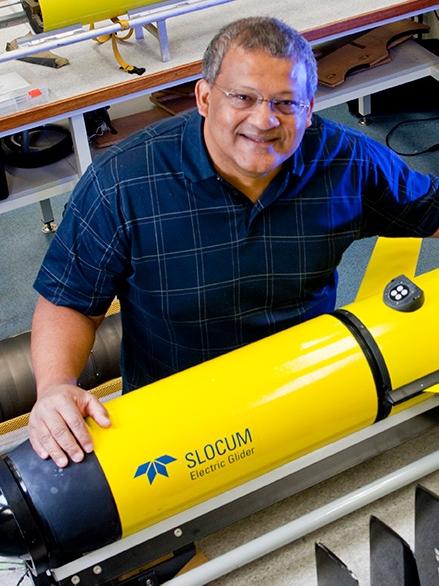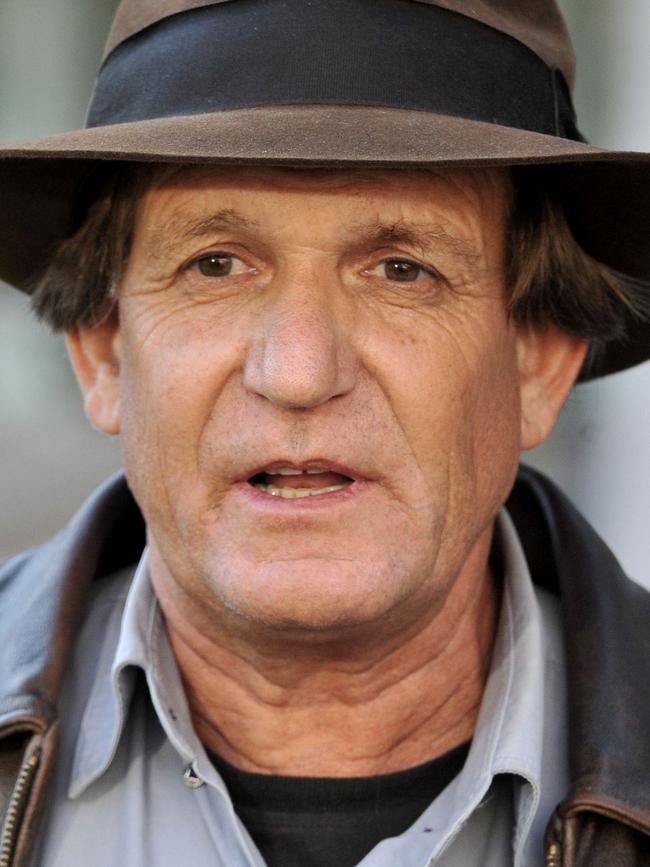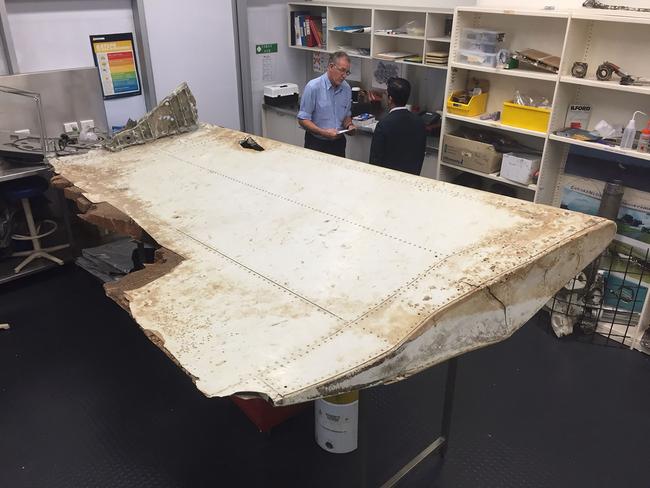World expert who predicted where MH370 debris would wash ashore locked out of Australian search
It was “oceanography 101” and the experts got it wrong, but the one man to have accurately predicted where MH370 debris would be found was “inexplicably” never asked to help.
Crime in Focus
Don't miss out on the headlines from Crime in Focus. Followed categories will be added to My News.
Exclusive: He is lauded as one of the world’s leading oceanographers, and he was the one person who accurately predicted, right down to the exact island beach, where debris from MH370 would wash ashore – long before any parts of the plane were ever found.
Yet Professor Charitha Pattiaratchi, from the University of Western Australia, was “inexplicably” excluded from the Australian Transport Safety Bureau’s (ATSB’s) search for parts of the missing plane.

Instead the ATSB called in an oceanographic team which made such major errors in their drift modelling calculations that they announced that parts of the plane would turn up in Sumatra — a location Professor Pattiaratchi said at the time was impossible due to the prevailing currents
The ATSB later had to admit the errors and asked for revised drift modelling several times, but still didn’t call in Professor Pattiaratchi to help.
The errors, which no doubt hampered search efforts for debris, have prompted questions about why the ATSB wouldn’t use a world expert, who was right under their noses, and whether what has been described as the “hierarchical system” in Australia is appropriate.
News Corp has been told the ATSB has an exclusive contract with the CSIRO and is not permitted to consult outside of that arrangement — even to bring in world experts.
A media spokesman for the ATSB refused to answer questions about whether it is tied to using the CSIRO.
A spokesman said: “Drift modelling for the search was conducted by the CSIRO, in consultation with other experts, and questions regarding drift modelling work may be better directed to the CSIRO.”
MORE NEWS
Aussie coronavirus rescue plane lands
Singles targeted in cruel Insta, Facebook scams
How we spent last year’s tax cuts
A spokesman for the CSIRO said: “CSIRO global ocean modellers were given a specific task by the ATSB, and where appropriate experts were consulted or given the opportunity to provide feedback. Results from the work were presented to the Australian ocean modelling community (unexplained) before final submission to ATSB.”
Sheryl Keen the chairwoman of the Aircrash Support Group Australia (ASGA), the peak independent not for profit organisation supporting and representing victims and families of victims of aviation tragedies said “if it wasn’t for Professor Chari, we would have nothing”.
After the first piece of the plane, the flaperon, was discovered where Professor Pattiaratchi predicted, Ms Keen took visiting US lawyer turned plane-wreck hunter Blaine Gibson to meet him.
“I sat in the room with him and Blaine Gibson, and we asked him if there were more debris to wash ashore where would that be?” she said.


Ms Keen said Professor Pattiaratchi took out a map and pointed to the northeast coast of Madagascar. But Blaine said he had been there and asked is there anywhere else?
He told us Mozambique and pointed to the Bay that Blaine should visit, and that is where he found the debris.
“He took us to the exact spot.”
Out of 28 pieces of the missing plane that have now been found, Professor Pattiaratchi and his team accurately predicted where 22 of those pieces would be found.

Professor Pattiaratchi said “there was zero possibility” any debris could have ever turned up in Sumatra because of the ocean currents.
“It was oceanography 101 — there was big problem with this modelling.”
The ATSB spent almost two years searching a 120,000 sqkm area in the southern Indian Ocean for MH370, in an area the UWA modelling predicted would find nothing.
As soon as the flaperon was found, Professor Pattiaratchi said the sea search should have been suspended and then redesigned.
“As soon as the flaperon was found, we were saying it was unlikely that the plane went down in the search area at that time,” Professor Pattiaratchi said.
But he said the ATSB did not take into account the discovery of the debris and it took another 18 months to acknowledge MH370 was not in their search area.
Just four weeks before the flaperon was found on Reunion Island, the ATSB had put out a release saying their expert modelling showed the debris was going to Indonesia.
UWA used several potential splash points in its calculations, along the so-called seventh arc, which represents the plane’s presumed flight path.
Professor Pattiaratchi also said two cyclones that went through the search area not long after the plane disappeared may have interfered — or quickly submerged — objects that might have otherwise drifted towards the coast.
